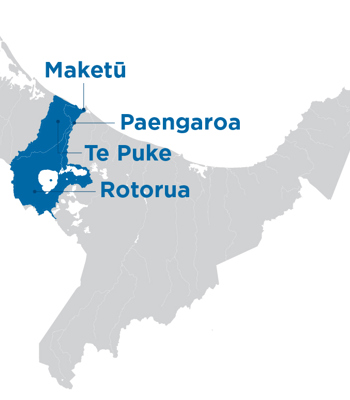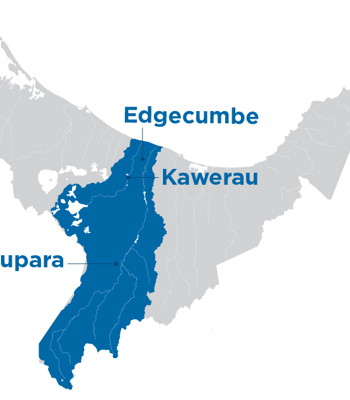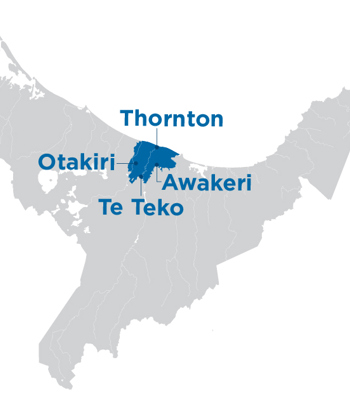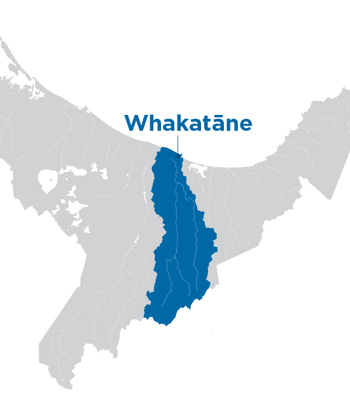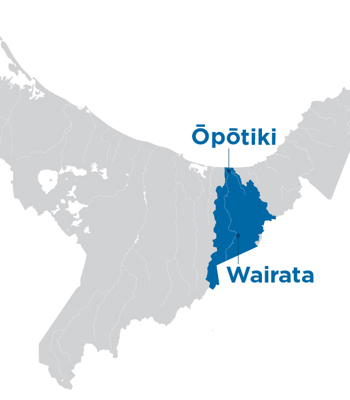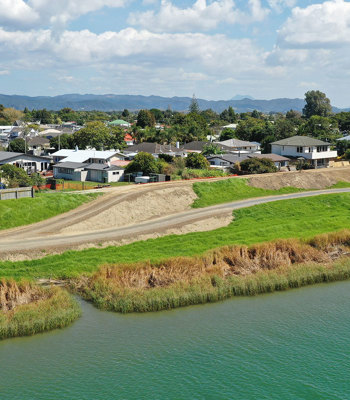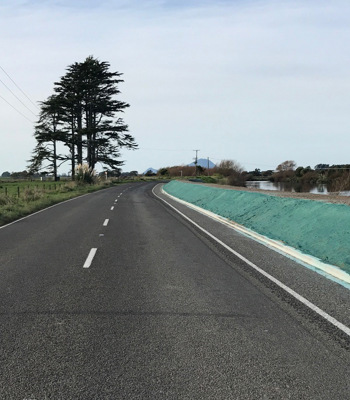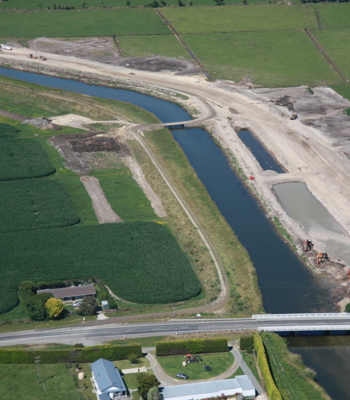The majority of the Regional Council’s work is focussed on maintaining nearly $440m worth of flood defences it owns across the Bay of Plenty. These defences include stopbanks, floodgates, floodways and spillways.
Our team also develops plans and policies with communities across the rohe, to reduce the impact of flooding. Examples of this work includes Bylaws to protect flood defences and drainage infrastructure.
Technology and monitoring systems that provide the latest information on rainfall and river levels also underpins our work. This is work is managed through our Flood Hub team, who support agencies, such as Civil Defence and Emergency Management, during a flood event.
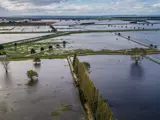
What our flood defences do
Flood defences are the first line of defence when it comes to helping reduce the impact of significant flooding. Learn more about how they work and what they do in these videos:
Stopbanks
Floodgates
Floodways and spillways
Flood defences in action
Our flood defences operate across four major river schemes and one drainage scheme in the Bay of Plenty. The schemes are designated areas of land where we maintain and upgrade flood defences, manage riverbank erosion risks and do drain maintenance.
Ratepayers across the region contribute to river and drain management. However, if you live within a scheme, you pay an additional targeted rate.
As we have seen throughout history, the results of a significant flood event can be catastrophic to the lives and livelihoods of those in flood-affected areas.
Flood protection is the first line of defence when it comes to reducing the impact of significant flooding. These defences are important as the effects of a changing climate means there is an increased likelihood of more frequent heavy rain events and intense storms, alongside a rising sea level.
Latest projects
We’re continually investing in and innovating our flood defences, and undertake regular maintenance work to ensure the flood defences are in good condition.
Looking after flood defences long term
The Council is required to implement plans that set out how it is going to ensure flood defences are managed well over the next 50 years.
This asset management plan also highlights how the Council is working to manage issues associated with flooding and drainage, including work on long-term flood defence sustainability and shifts needed due to climate change.

